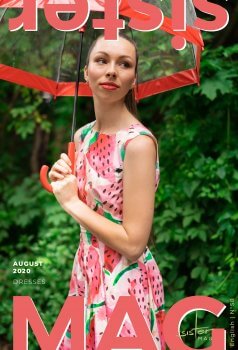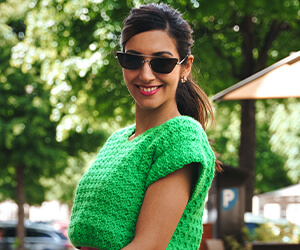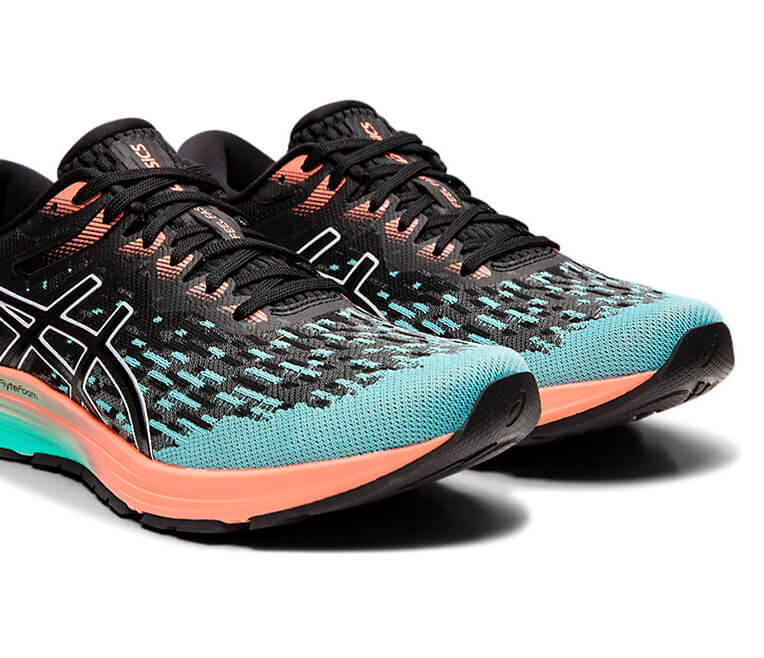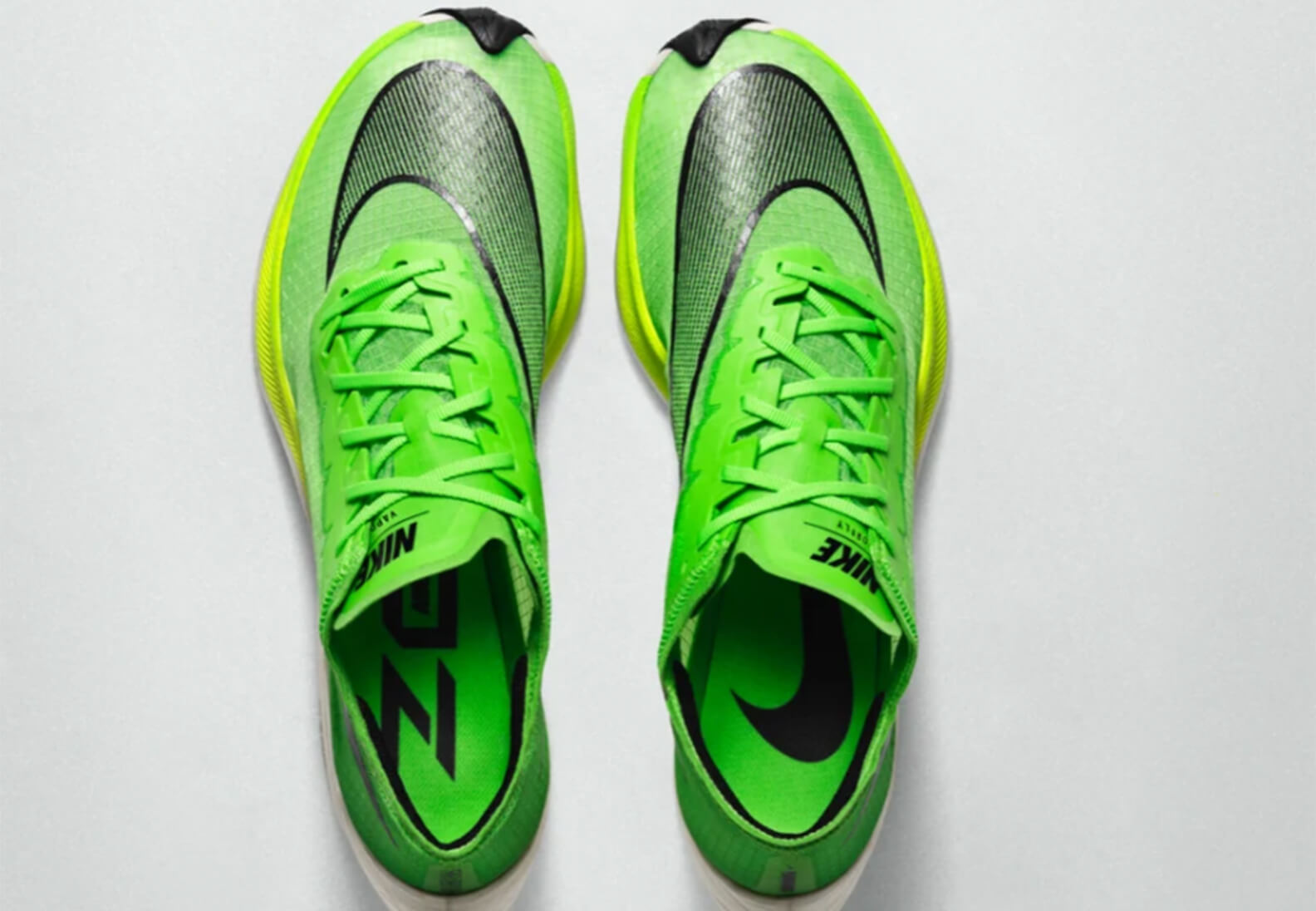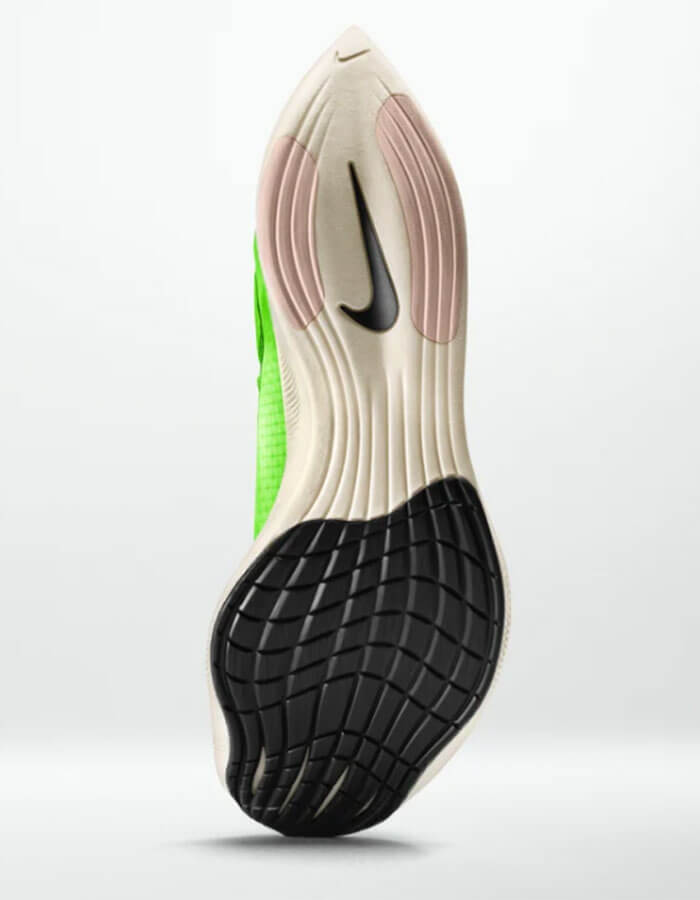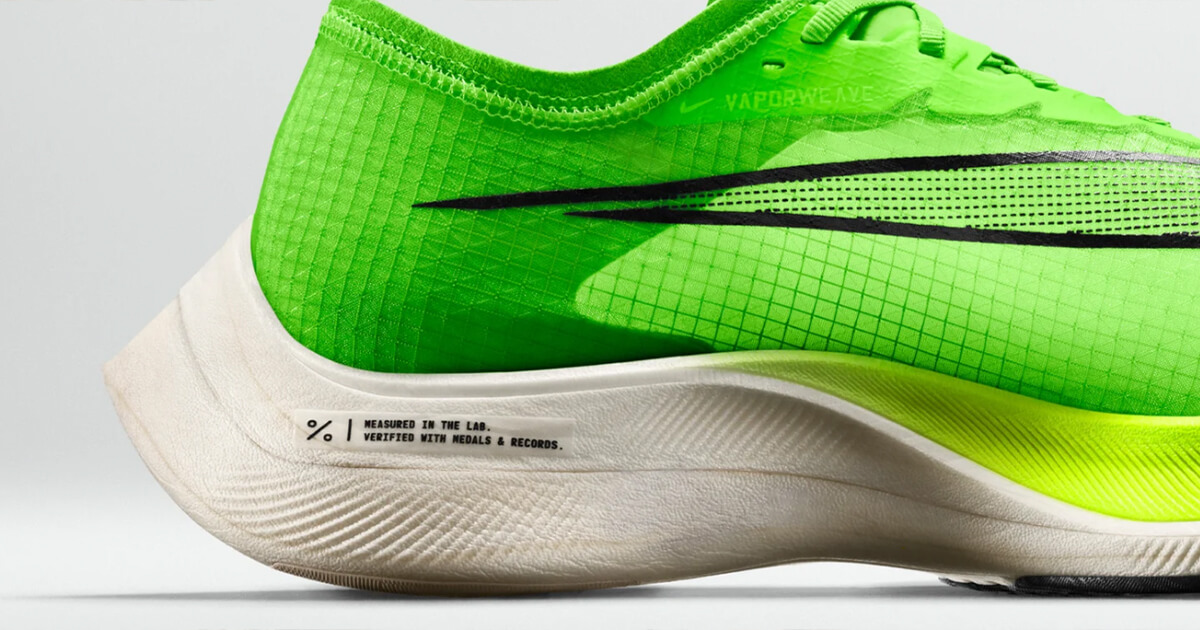
A running shoe guide
Our team marathon runner Alex has put together a running shoe guide for you in sisterMAG, because the right shoe is essential when running! All important information can also be found in an info box at one glance.
- Text: Alex Sutter
The search for magic boots and how to choose the perfect runners
A running shoe guide
There is an old European fairytale, the kind passed down from one generation to the next by word of mouth, that speaks of a mythological boot with magic powers that allows the wearer to cover great distances in a short period of time. It was Goethe, himself always preferring a good glass of wine to a hike, who in Faust II gave credence to the so-called Siebenmeilenstiefel.
Today, running is as popular a sport as any. We are fascinated by breezy, speedy running shoes – and they should also be comfortable, of course. Many manufacturers are now outbidding each other to bring new lightweight, fast, and joint-gentle shoes to market.
But in this over-saturation, how do you find the right running shoe for your needs?
For beginners, we recommend visiting a specialized running shop. There you can measure your foot and test-run different models. As a general rule of thumb, a running shoe should neither be too narrow nor too short if the foot swells on longer runs. That means the running shoe size can sometimes differ from the »normal« shoe size. It is also important to take into account the extent of your sporting ambitions in terms of time and speed, the expected route profiles (asphalt, track, forest paths, or rough terrain) and, last but not least, one’s body type (weight!). Also consider how you’d like to feel – as on clouds or closer to the earth?
For the increasingly popular off-piste runs, known as trail running, all the well-known brands have now developed their own models with grippier soles and greater stability. Meanwhile, track and field athletes sport special super-light shoes with pointed spikes for training on synthetic tracks. However, shoes for running on forest trails and asphalt by far comprise the largest part of the market. These are ideal for most hobby runners.
When buying new running shoes, consider that their lifespan is not only measured in years but also in kilometres. In other words, even a lightly used running shoe should be replaced after about two years since the cushioning hardens regardless of how much it’s worn. Even a robust running shoe can reach the end of its lifecycle after just a year if its owner is clocking 1,000 kilometers. In this respect, more ambitious runners should keep a running logbook (which is also very motivating). We’ll cover more of this in a later sisterMAG issue.
Running experts and orthopaedic surgeons recommend that busy runners purchase several different models at the same time. This prevents the foot from being stressed too long at the same pressure points. It is also practical for versatile training types and terrains. More cushioned running shoes, for example, are suitable for long runs thanks to their comfort features, while less cushioned shoes are often lighter and yield more speed for short distances and sprints.
Once you’ve been struck by the marathon fever, you should have at least three running shoes to wear in parallel: for long, slow runs (basic endurance!), medium-length tempo runs at the desired race pace, and intense, short intervals.
Despite your aesthetic tendencies, fashion should always take a back seat to fit. The result is that often those with wider feet opt for Brooks over Nike or On. And even though Ironman Jan Frodeno is running remarkable times in neutral Asics shoes, some of his fans need a little more heel support. A specialist running shop is your best bet for advice.
If you want to dive deeper into the subject, the ISPO sports fair will keep you updated with the latest trends for the coming season. If nothing else, you’ll be equipped for the inevitable runner small talk at the park. Currently trending is the type of carbon-supported, slanted, ultra-fast running shoe worn by the (unofficial) sub-two-hour marathon world record holder Eliud Kipchoge (from Nike, but similar designs are also available from adidas and Hoka). On the other side of the spectrum is the U-Tech Aion with its double horseshoe-shaped sole, which, according to the manufacturer, is particularly knee-friendly and comfortable.
Ultimately, when it comes to choosing your ideal running shoe, one thing is sure: trying is always better than studying. And if you want to cover great distances in a short time, it doesn’t depend on magic boots but on relentless training!
INFO BOX: Important facts
For beginners:
- Visit a shoe specialist and have your feet measured
- Running shoes should not be too narrow or too short
- Pay attention to course profiles, body type, and preferred running “vibe”
For trail runners:
- Grippy sole profile and high stability are important
- Light shoes with pointed spikes
For marathon runners:
- Have at least 3 parallel running shoes available for long, slow runs, mid-tempo runs, and quick intervals
General:
- Always prioritize fit over fashion

